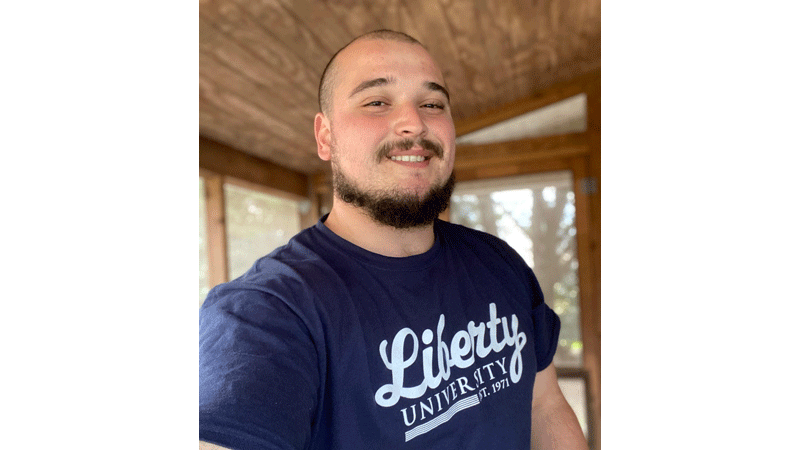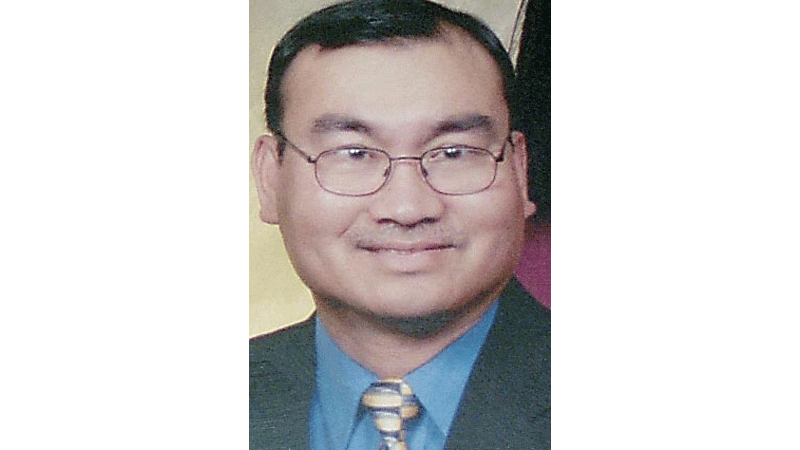Film suggests how to ‘fix’ our schools
Published 12:08 pm Saturday, June 23, 2012
Rating: 5 out of 5 thumbs up
The overriding message within the thought-provoking documentary “Waiting for Superman” by Academy Award-winning director Davis Guggenheim is that our nation can ill-afford to wait for our public schools to be “fixed.”
The film chronicles the precipitous fall of an educational system that was the envy of the world in the 1950s and 1960s, to today, being one that ranks near the bottom of advanced countries in math and reading.
Guggenheim, who won an Academy Award when he directed Al Gore’s global warming documentary “An Inconvenient Truth,” portrays a dysfunctional system that has shown little improvement since the 1970s. Short of a rescue from the “man of steel,” and despite well-intended reforms and huge sums of taxpayer dollars spent to “fix” the problem, far too many children from big cities, small towns and suburbs are hopelessly trapped within public school “failure factories.”
There are no actors within the stories of the five grade-schoolers, who are heartbreakingly followed by Guggenheim’s camera lens. Four of the children are inner-city students. Two live in Harlem, the third in Washington, D.C., and the fourth in East Los Angeles. The fifth student is white, middle class and resides in Silicon Valley.
Caring for each child is either a single parent, grandparent, or parents who refuse to wallow in the paralysis of self-pity and unending excuses. These adults move beyond their comfort zones and surroundings to engage teachers and school administrators to find a better educational path for their child.
The film combines individual responsibility with school choice through Charter Schools.
Featured are educator Geoffrey Canada’s Harlem Children’s Zone schools, the Seed Academy in Washington, D.C., (including former Chancellor Michelle Rhee’s recent efforts to reform that city’s public school programs), and both Summit Prep High School and KIPP Prep in Los Angeles.
While the data is not conclusive that charter schools are an educational panacea, the film does suggest that measurable improvement can be found within Canada’s Harlem schools and the KIPP programs.
The Harvard-educated Canada, a former teacher who grew up in the South Bronx, does recognize that great teachers can make a difference within a failing school program. However he opines that even herculean efforts will have limited success with the majority of children who are trapped within the current public school model.
The impediments within the story are depicted as the powerful teacher’s union and the entrenched school bureaucracies. Guggenheim depicts these groups as obstacles to reform over the past 40 years.
Not surprisingly, Randi Weingarten, president of the National Federation of Teachers, has been a zealous critic of this documentary.
Despite the criticism, Guggenheim is reportedly not anti-union and was largely inspired to make this film by “the great teachers found within the organization Teach for America.”
The director remains hopeful that his documentary will initiate dialogue and serve as an educational wake-up call within our nation; “now is the time to do whatever we can to fix our schools.”
While Guggenheim’s brave film is provocative, it is in focus relative to the nation’s public school predicament. Because he offers criticism with promising, alternate reform programs that are being utilized to educate our most precious resource, our children, the director more than accomplishes his stated hope.
The 111-minute documentary can be streamed online through Netflix and viewed in DVD format at many local libraries or ordered through Amazon.com.
CHUCK LILLEY of Franklin is a retired corporate manager. His email address is chulill@yahoo.com.





